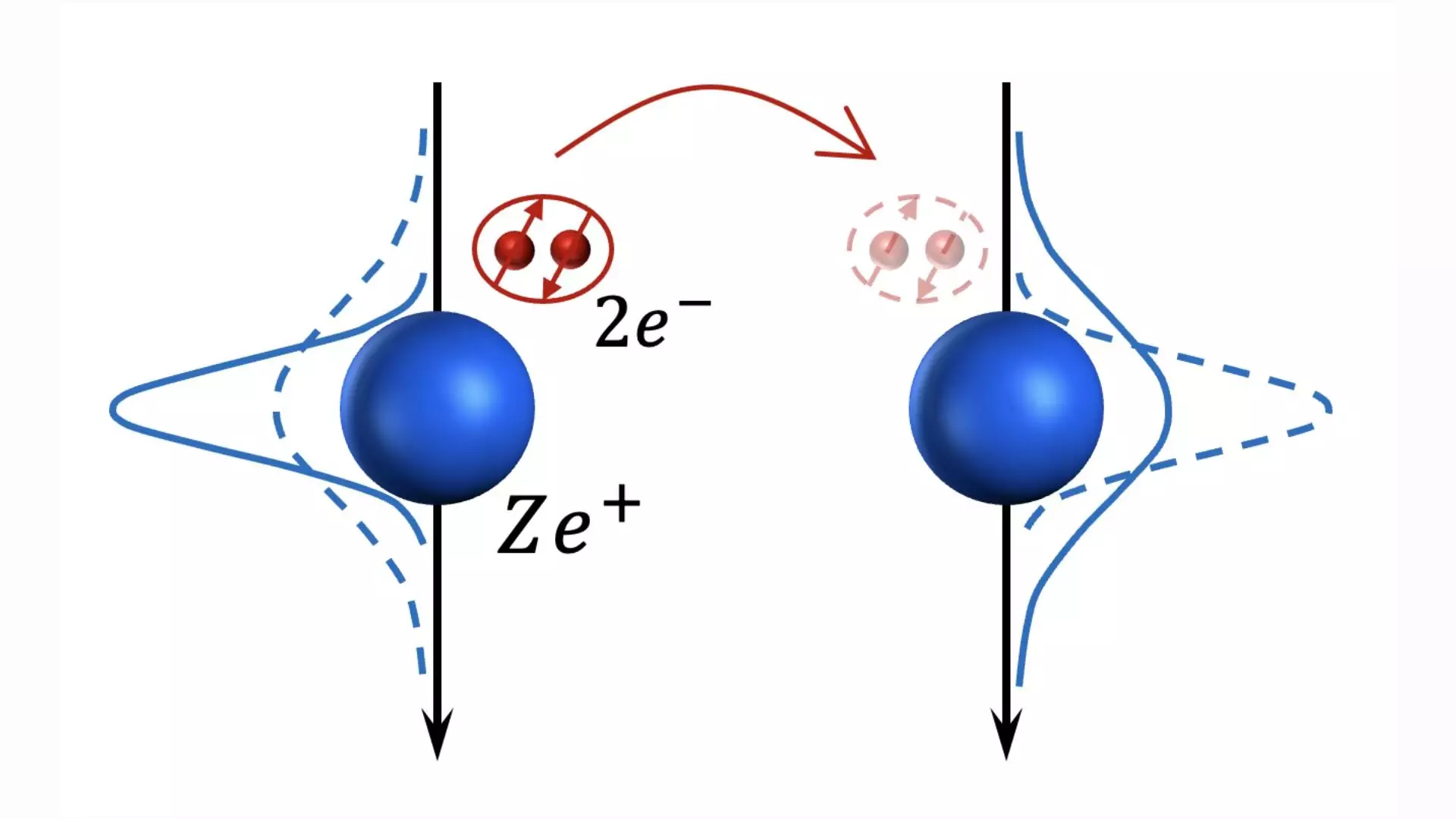The study published in Physical Review Letters (PRL) delves into the realm of quadratic electron-phonon coupling and its potential to elevate superconductivity by forming quantum bipolarons. This electron-phonon coupling involves the interaction between electrons and lattice vibrations, known as phonons, which play a crucial role in enabling superconductivity in certain materials. By facilitating the formation of Cooper pairs, electron-phonon coupling contributes to the development of resistance-free electrical conductance.
Zhaoyu Han, a Ph.D. candidate at Stanford University, along with Dr. Pavel Volkov, Assistant Professor at the Department of Physics, University of Connecticut, shed light on their motivation behind this research. Han expressed his aspiration to identify and propose new mechanisms that could pave the way for high-temperature superconductivity, while Dr. Volkov highlighted the ongoing quest to uncover the mechanism behind the superconductivity of doped strontium titanate, which remains an enigma despite being discovered over 50 years ago.
The study emphasizes the differentiation between linear and quadratic electron-phonon coupling and their implications for superconductivity. Linear coupling, prevalent in most superconducting materials, entails the coupling being directly proportional to the displacement of phonons. Conversely, quadratic coupling correlates with the square of phonon displacement, presenting a unique set of characteristics that warrant exploration.
While linear coupling has been extensively studied due to its dominance in various materials, conventional superconductors with linear electron-phonon coupling face limitations, particularly in achieving high critical temperatures. The critical temperatures of these superconductors typically fall below 30 Kelvin, indicative of the challenges posed by weak and strong coupling regimes. The weak binding energy in the former and the suppressed superconductivity in the latter hinder advancements in critical temperatures.
The researchers extended the Holstein model to encompass quadratic electron-phonon coupling, introducing a new dimension to the interaction between electrons and phonons. This extension enabled the analysis of quantum bipolarons formed through the interaction of electrons with quantum fluctuations of phonons, a stark departure from the classical mechanisms observed in linear coupling.
The study illustrates that strong electron-phonon interactions lead to the formation of quantum bipolarons, which exhibit a higher critical temperature than their linear counterparts. This mechanism allows for enhanced transition temperatures, offering a promising avenue for elevating the critical temperature of superconductors. By utilizing specifically engineered superlattices for electrons, researchers aim to achieve strong coupling and bolster the superconducting properties of materials.
Looking ahead, the researchers propose exploring the optimal range of coupling strengths for superconductivity and experimenting with superlattice materials that feature significant quadratic electron-phonon couplings. By creating superlattices through innovative techniques such as patterning or utilizing interfaces between twisted materials, researchers aspire to actualize the predicted type of superconductivity.
The study delves into the intricate realm of quadratic electron-phonon coupling and its potential to revolutionize superconductivity by enhancing critical temperatures. By venturing beyond conventional linear coupling mechanisms, researchers are uncovering new pathways towards achieving high-temperature superconductivity, opening doors to unprecedented advancements in the realm of condensed matter physics.


Leave a Reply